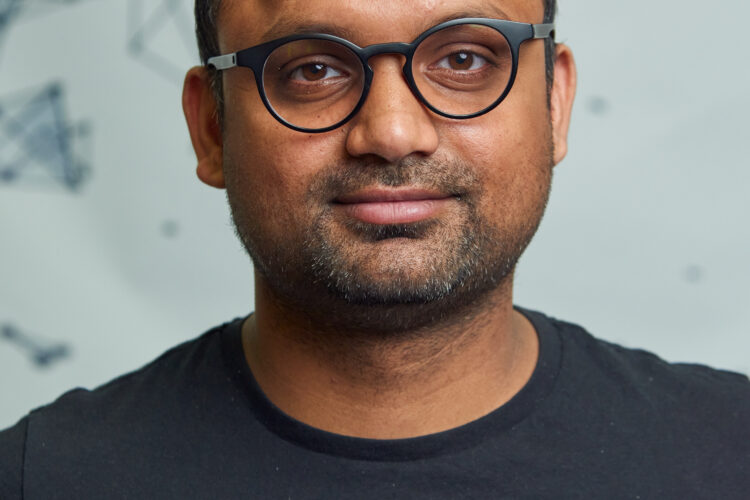IMDEA Networks

Defensa Tesis Doctoral: Data-Driven Exploration of Sociological Patterns in Mobile Network Traffic Demands

Sachit Mishra, Estudiante de doctorado, IMDEA Networks Institute y Universidad Carlos III de Madrid
PhD Defense
This thesis explores the use of mobile network metadata to analyze human sociological behavior and activity patterns. Specifically, it investigates how mobile traffic demand can serve as a proxy for understanding societal trends, including shifts in mobile usage during the COVID-19 pandemic, digital divides, and the transformative impact of 5G technology on network consumption patterns.
Key Contributions:
1) Curation of a state-of-the-art representative dataset – This thesis presents the processing of a large-scale dataset that offers a comprehensive view of mobile network activity. The resulting dataset enables multidisciplinary research across network and social sciences, including human behavior, demography, sociology, geography, and urbanization.
2) Establishment of links between mobile application consumption and urban fabric – This thesis demonstrates how spatiotemporal trends in mobile traffic reflect the underlying urban structure, a complex interaction of physical infrastructure, human activities, and socioeconomic factors that define urban functionality. These findings advance the understanding of urban dynamics through mobile demand analysis.
3) Development of a model to quantify digital divides – This thesis proposes a mathematical model to quantify the consumption-based digital divide across an entire nation, revealing disparities driven by differences in the quantity and quality of mobile service usage.
4) Analysis of the impact of 5G adoption on mobile network usage – The thesis examines the effects of transitioning from 4G to 5G on data consumption patterns and user behavior. By comparing mobile traffic across network generations, the study highlights how 5G adoption differs in platform-specific applications (e.g., Android- or iOS-based apps) and explores how users from various income groups engage with 5G in distinct ways.
Broader Impact: This research offers significant contributions to urban planning, telecommunications, and policymaking by bridging the gap between social sciences and network data science. It provides a data-driven foundation for understanding urban fabrics, enhancing digital infrastructure, and addressing socioeconomic disparities in mobile connectivity.
About Sachit Mishra
Sachit Mishra received his bachelor’s in Electronics and Communication from Jaypee University of Engineering and Technology, Guna, India, and his M.Sc degree in Computer Science from the Politecnico di Torino, Torino, Italy. He is currently pursuing his Ph.D. degree with the Network Data Science Group at IMDEA Networks, Madrid, Spain. During his master’s thesis, he collaborated with Tierra Telematics, developing a machine learning application that enabled the automatic scheduling of the periodic maintenance of industrial vehicles. His main research interests are machine learning, Big Data, data science, data analysis, and remote sensing.
Supervisor de tesis: Marco Fiore, IMDEA Networks Institute, Madrid
Universidad: Universidad Carlos III de Madrid, España
Programa de doctorado: Ingeniería Telemática
Miembros del tribunal:
- Presidente: Dr. Razvan Stanica (Associate professor with the Telecommunications department at INSA de Lyon)
- Secretario: Dr. Patricia Callejo Pinardo (Assistant professor at the department of Telematics Engineering at Universidad Carlos III de Madrid)
- Miembros del panel: Dr. Andrea Pimpinella (Research Fellow (RTDA) Università degli Studi di Bergamo)
Más información
- Tesis doctoral: “Data-Driven Exploration of Sociological Patterns in Mobile Network Traffic Demands”
- Publicaciones de IMDEA Networks: Tesis
- Estudiantes de doctorado en IMDEA Networks
- Red de Alumni

